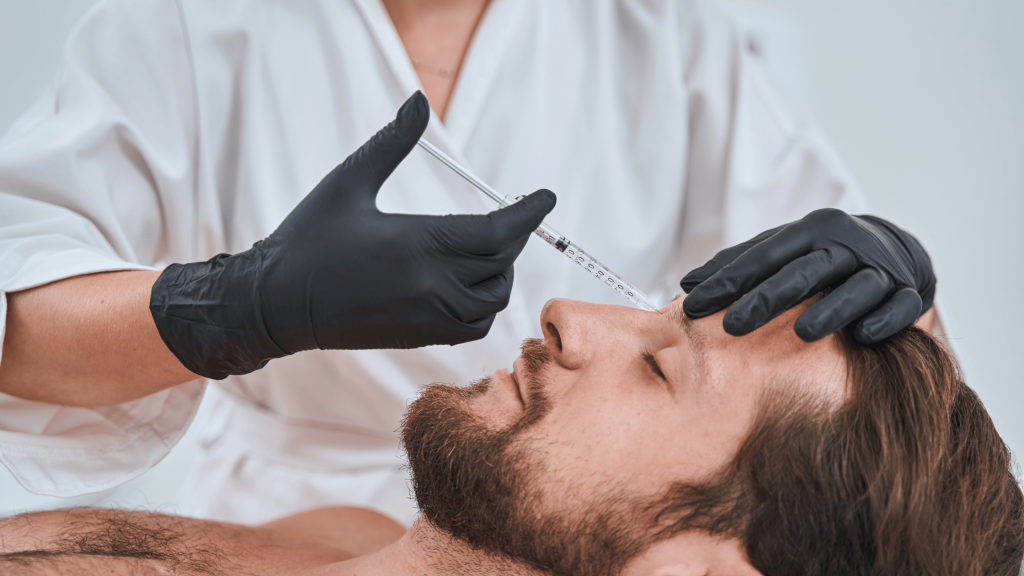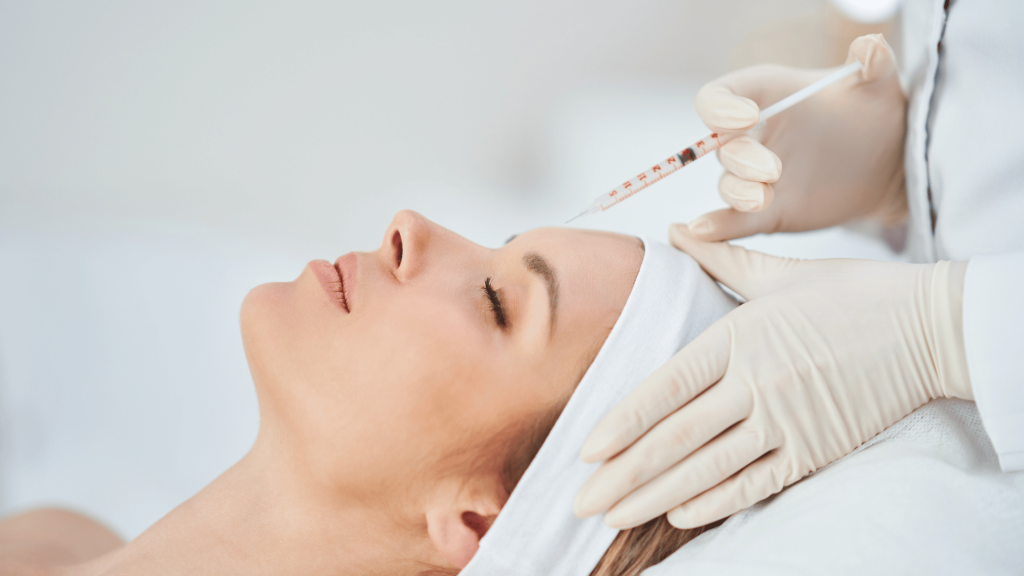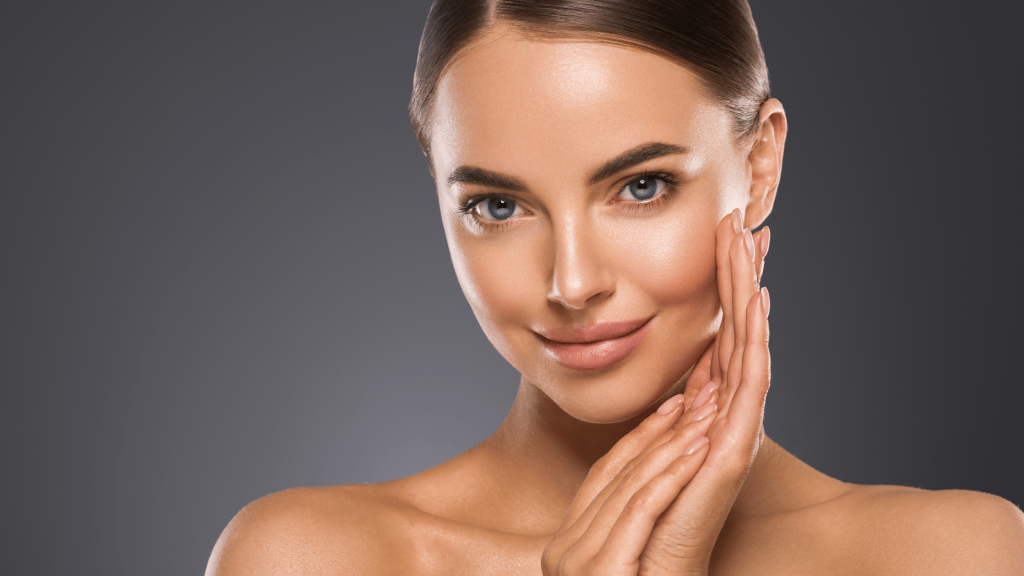Finding the best aesthetic practitioner tailored to your individual needs can feel like a daunting task. With the aesthetics industry booming, the array of options can often feel overwhelming. However, a few key indicators can help you spot the practitioner who is just right for you. This blog delves into these crucial aspects, from qualifications and treatment plans to budgeting and the consultation process, ensuring you make a well-informed choice.
Validate Qualifications and Expertise
- Verify Credentials: Always confirm the practitioner’s medical qualifications. They should be certified in a related medical field and be willing to present proof if asked.
- Area of Expertise: Make sure the practitioner specialises in the type of treatment you’re seeking. Someone who is an expert in lip fillers may not be the best choice for laser treatments, for instance.
- Commitment to Learning: Check whether the practitioner continues to engage in learning new techniques and using modern equipment. This can usually be ascertained from their portfolio or during your consultation.
Scrutinise Treatment Plans and Options
- Personalisation: The practitioner should be open to creating a customised treatment plan that addresses your specific concerns.
- Range of Treatments: Look for a practitioner who offers a wide range of services, as this is generally indicative of extensive experience and expertise.
- Detailed Consultation: The practitioner should insist on a comprehensive initial consultation to discuss your goals, medical history, and treatment options.
Consider Trustworthiness and Communication
- Transparent Communication: Opt for practitioners who openly discuss treatment plans, potential risks, and expected results without pressuring you to commit.
- Trustworthiness: You should feel you can trust your practitioner. Listen to your intuition during consultations and note whether the practitioner makes you feel comfortable and heard.
- Honesty: A top-notch practitioner will give you a realistic overview of what to expect, including any potential downsides or complications.
Assess Client Reviews and Testimonials
- Check Online Reviews: These can provide an invaluable glimpse into the practitioner’s reputation and reliability.
- Request Testimonials: Don’t hesitate to ask the practitioner for testimonials or before-and-after photos of previous treatments similar to what you’re considering.
- Consult Your Network: Sometimes personal recommendations are the most reliable. Check with friends or family members who have undergone aesthetic treatments for their suggestions.
Budget and Financial Flexibility
- Upfront Pricing: The practitioner should provide a clear and transparent pricing structure, ideally before the initial consultation.
- Payment Plans: Financial flexibility, such as installment plans, can be an added advantage, making it easier for you to manage costs.
- Value Over Cost: While tempting, opting for the cheapest option isn’t always advisable. Weigh the practitioner’s expertise and offered value against their prices.
Conclusion
Choosing the best aesthetic practitioner for you is a significant decision that warrants careful consideration. Focusing on the practitioner’s qualifications, range of treatment options, trustworthiness, and your budget constraints can streamline this process significantly. By applying these key criteria, you can feel confident about your choice and look forward to excellent care and beautiful results.








